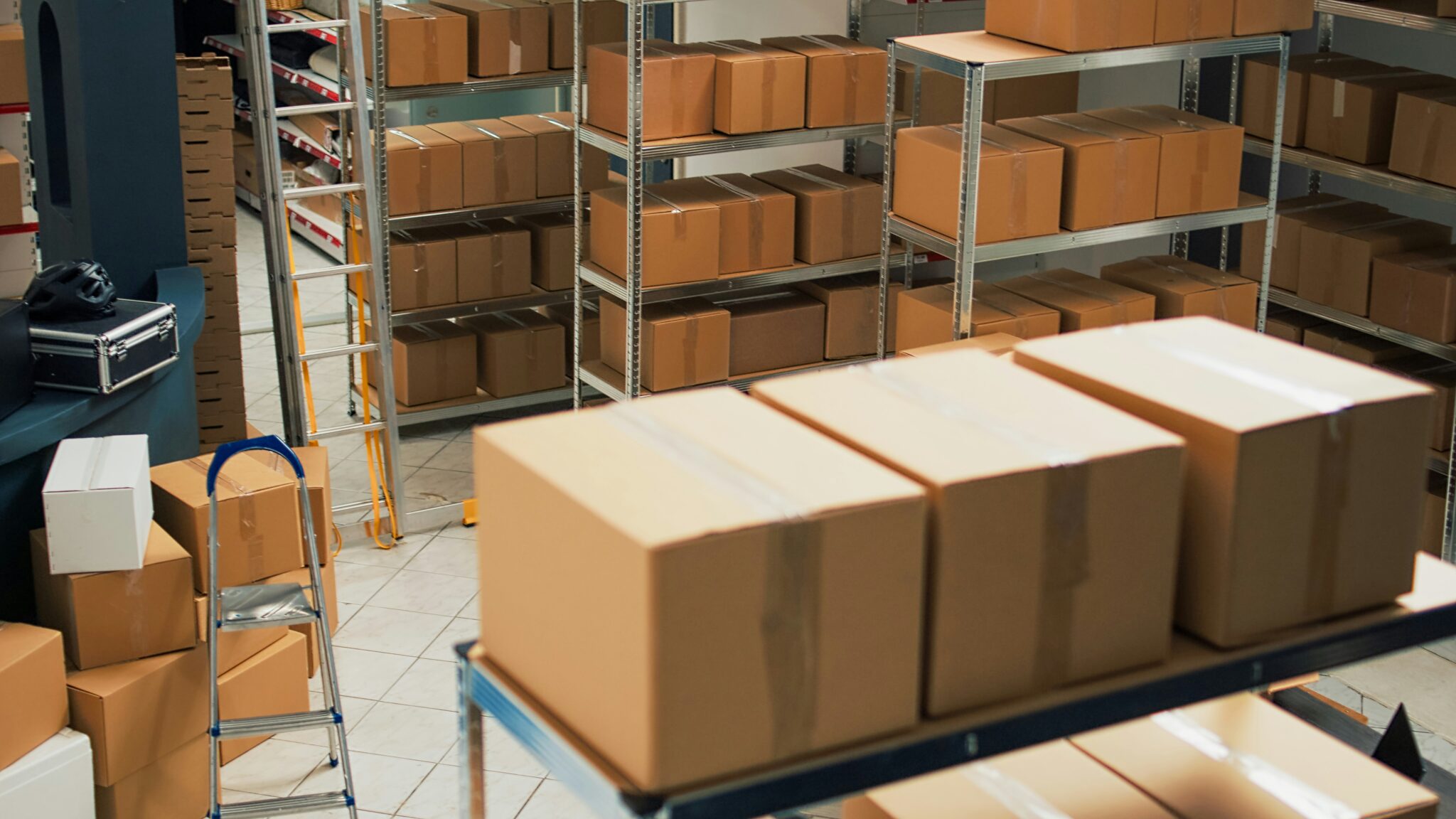Manufacturers, distributors and wholesalers face a number of challenges as 2021 closes. But facing down challenge is nothing new for anyone who has lived through the last 2 years.
What firms have had to do out of necessity during the toughest of times shows us the way forward. During the COVID crisis, the level of collaboration at all levels of the value chain – from manufacturer to wholesaler to retailer – has been far greater and far closer. It has been unavoidable to ensure supply of goods.
Maintaining this approach now can help overcome the challenges of the coming years:
- Commodity inflation: there has been double-digit growth in Cost of Goods Sold (CoGS) for many companies in the last 12 months as the cost of components, raw materials and imported products has sky-rocketed.
- Consumer and shopper behaviour shifts: 25-40% of consumers have tried different brands since the COVID crisis started, highlighting the importance of promotions to attract brand switchers.
Continuing to work closely together involves establishing trust and transparency. Relationships are built by people, but collaborative working and creating combined datasets for greater intelligence requires focus and robust processes.
Conducting joint planning, co-developing projects and promotions – these activities can lead to all parties optimising shelf space, pricing and ensuring that consumers get the value they need.Many firms claim to develop joint plans, but they often fail.
Steps to deliver greater focus and effectiveness
- Choose where to invest partnership time and resources: not every retail client (nor every supplier from the other perspective) is equal. Don’t get hung up on win/lose propositions – e.g. “on time in full” fines. Instead focus on opportunities for win/win – e.g. expanding retailers’ online offering, improving eCommerce experience.
- Understand the other side’s strategy and P&L: get into the detail about the segments a retailer is targeting and the role products play in-store or online. Where are they planning investments to win share of wallet from consumers? Retailers also need to understand the wholesaler’s / distributor’s / manufacturer’s economics – it’s a two-way street. A shared picture creates partnership.
- Understand timelines and planning horizons (and align where possible): having the right conversations at the right times for each party increases the likelihood of better outcomes.
- Create transparency where there is mutual value, then focus on just one or two issues to do this in detail: this could be countering inflation, cost reduction through supply chain coordination, sustainability agendas or service levels. In each of these areas, companies can benefit from bringing together knowledge and resources where neither side has a monopoly.
- Most importantly (track progress): Commit to shared goals and then have simple reporting that tells everybody the score.
AGR Software provides effective processes for Sales and Operational Planning – including inputs from all parts of the supply chain.
Synchronising supply and demand planning initiatives provides visibility, insight and control across your organisation. This ensures everyone is working from a single version of the truth and pinpointing priority areas for attention becomes much easier.
There is another big advantage for your team. By automating the areas of the forecasting and replenishment process that don’t require their direct involvement, you simultaneously improve your forecasting potential and save on admin and resource costs.
By avoiding the pitfalls of a manual approach to inventory management and replenishment you can enjoy the advantages of fully optimized inventory and reduce the resource required for the task by 33–66%.
To find out exactly how much difference the AGR software could be making to not just your resilience and adaptability but also your bottom line, get in touch today.





